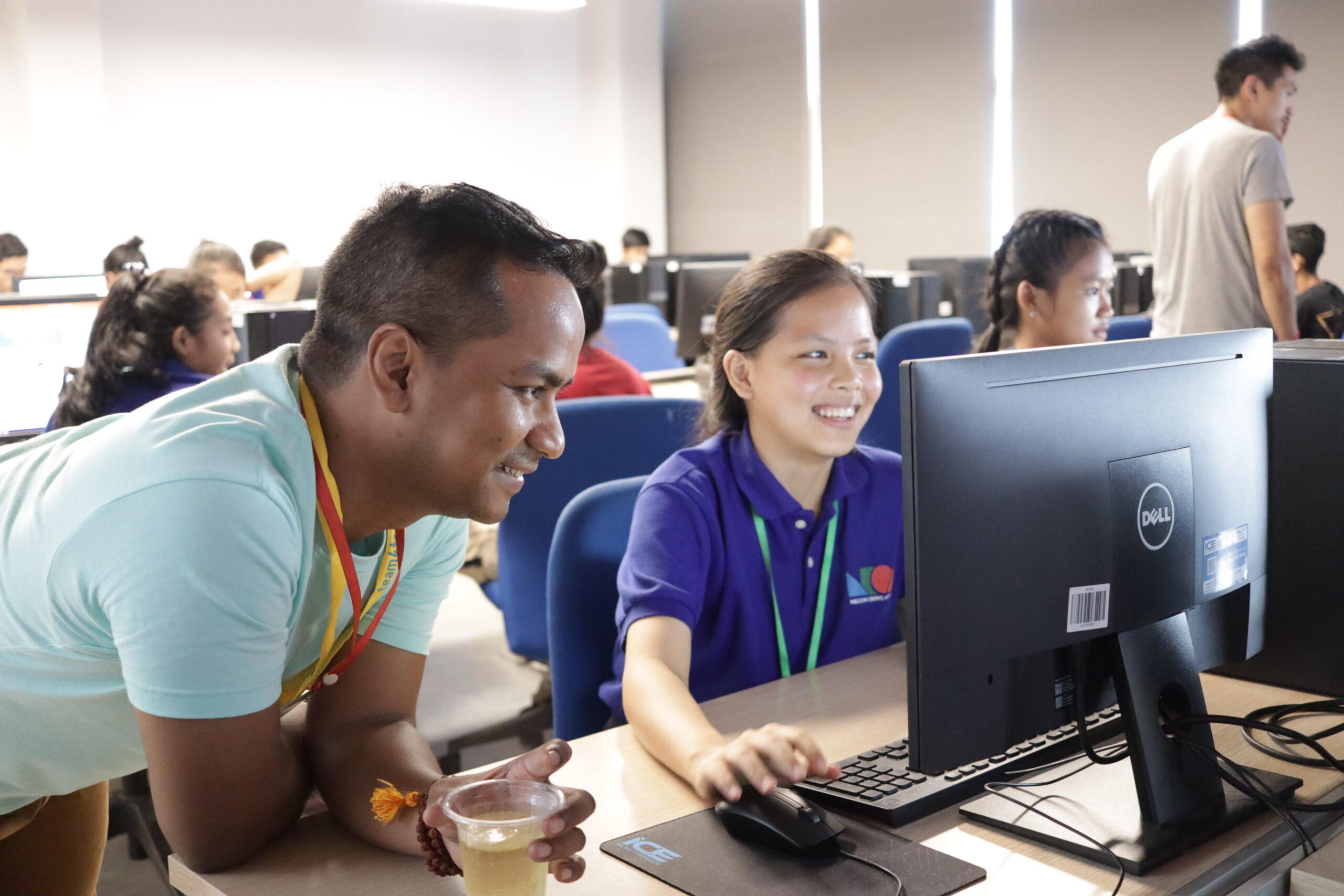“Paralysis” is how one Adobe corporate social responsibility leader described March 2020. Seemingly overnight, all in-person volunteering programs at the multinational software company halted. As the pandemic dragged on, Adobe was forced to completely redefine its employee volunteering initiatives.
Traditionally, high-quality skilled volunteering programs required face-to-face experiences. COVID forced Adobe’s social impact and engagement leaders to recreate a meaningful volunteer experience virtually. But can immersive, in-person volunteering be replicated virtually? Yes — and they may even have some unexpected benefits.
The Forced Innovation of the Pandemic
A leader in corporate responsibility, Adobe engages 70 percent of its workforce in social impact programs every year. Skills-based volunteering is a highly sought after experience. Team4Tech, an Adobe partner, facilitates long-term relationships with global nonprofits and offers corporations turnkey, impactful pro bono volunteer programs.
Since 2015, more than 70 Adobe employees have been selected as Team4Tech Fellows, dedicating more than 11,000 hours of pro bono consulting in India, Cambodia, South Africa, Uganda, Rwanda, Vietnam, Malawi and the US.
Ashley Rhodes, a senior program manager at Adobe, says Team4Tech’s immersive experiences — like recent work in Cambodia to teach digital literacy — are “life-changing” for employees but highly competitive (only 8% of applicants are accepted).
“We were focused on in-person opportunities and doing a lot of project hand-holding that isn’t possible now,” Rhodes said. “The shift to virtual has been a great forcing function to broaden some of these programs.”
Pivoting to virtual volunteering, with the help of Team4Tech, allowed Adobe to continue to engage employees remotely, this time at a much larger scale. Pro bono volunteer hours nearly doubled in 2020 from the previous year.
An Increasing Need for Connection and Purpose
After a year of isolation and stress, a sense of purpose is life-giving for remote employees.
“This work is more important than ever,” Rhodes said. “People are looking for these outlets that allow them to feel connected and contribute something tangible to an important cause.”
Team4Tech’s virtual pro bono work connects isolated employees to a larger cause engaging individuals across all departments, levels and regions of a company at a scale not possible pre-pandemic. Their team-based model promotes meaningful employee connections, something in short supply without in-office interaction. The programs also offer an opportunity for career growth and professional development in a time of uncertainty.
“In the absence of other opportunities for advancement, these programs provide participants the chance to grow their skill sets, position themselves for future advancement, gain leadership skills, and network with colleagues.”
Virtual Volunteering — New Format, Same Benefits
But Zoom fatigue presented a real challenge. How could companies convince employees that more time in virtual settings would boost morale?
“The silver lining of COVID was that it accelerated our thinking around what is possible in a purely virtual environment,” said Julie Clugage, co-founder and executive director of Team4Tech.
Pivoting to virtual volunteer experiences meant doubling down on fun community building. Tools like Padlet, Miro, and Slido made Team4Tech’s virtual volunteer experiences more engaging. “Our impact focus has always been in education and technology, and we’re applying some of those same tools to our interaction with corporate volunteers,” Clugage said.
It’s working. Rhodes said even after switching to the virtual model, Adobe employee interest in volunteering increased in 2020.
Adobe employees found virtual skills-based volunteering was a rewarding experience amid isolation. Engagement survey data from 2020 improved slightly from pre-pandemic results, when in-person volunteering dominated.
But it’s not as easy as jumping on a Zoom call with a nonprofit. Team4Tech has found that, for virtual volunteering to be meaningful, intentional planning and long-term nonprofit partnerships are key.
4 Key Elements of a Successful Virtual Volunteering Program
- Find the Right Fit: Carefully select non-profits that can most benefit from pro bono consulting and ensure they are able to connect virtually.
- Think Long-Term: Long-term partnerships with nonprofits allow companies to create more meaningful programs than one-and-done activities — whether virtual or online. Long-term relationships can further build nonprofit capacity for a sustainable impact.
- Set Clear Goals: Effective partnerships start with a well-defined road map to ensure milestones are met and staffing needs are clear.
- Design for Impact: Impactful volunteer programs keep employee growth in mind — facilitating meaningful experiences and unique opportunities for leadership growth.
Even as employees return to offices when the pandemic wanes, opportunities for virtual volunteering will remain. The pandemic forced companies like Adobe to rethink what is possible with skilled volunteering initiatives. The unexpected result was that employees could build connections and engagement around the world in new ways. And a key lesson was, whether in-person or online, high-quality employee volunteer programs require intentional facilitation and long-term partnerships with nonprofits to provide meaningful impact for both the volunteers and the nonprofits.


